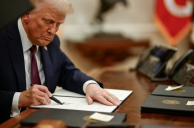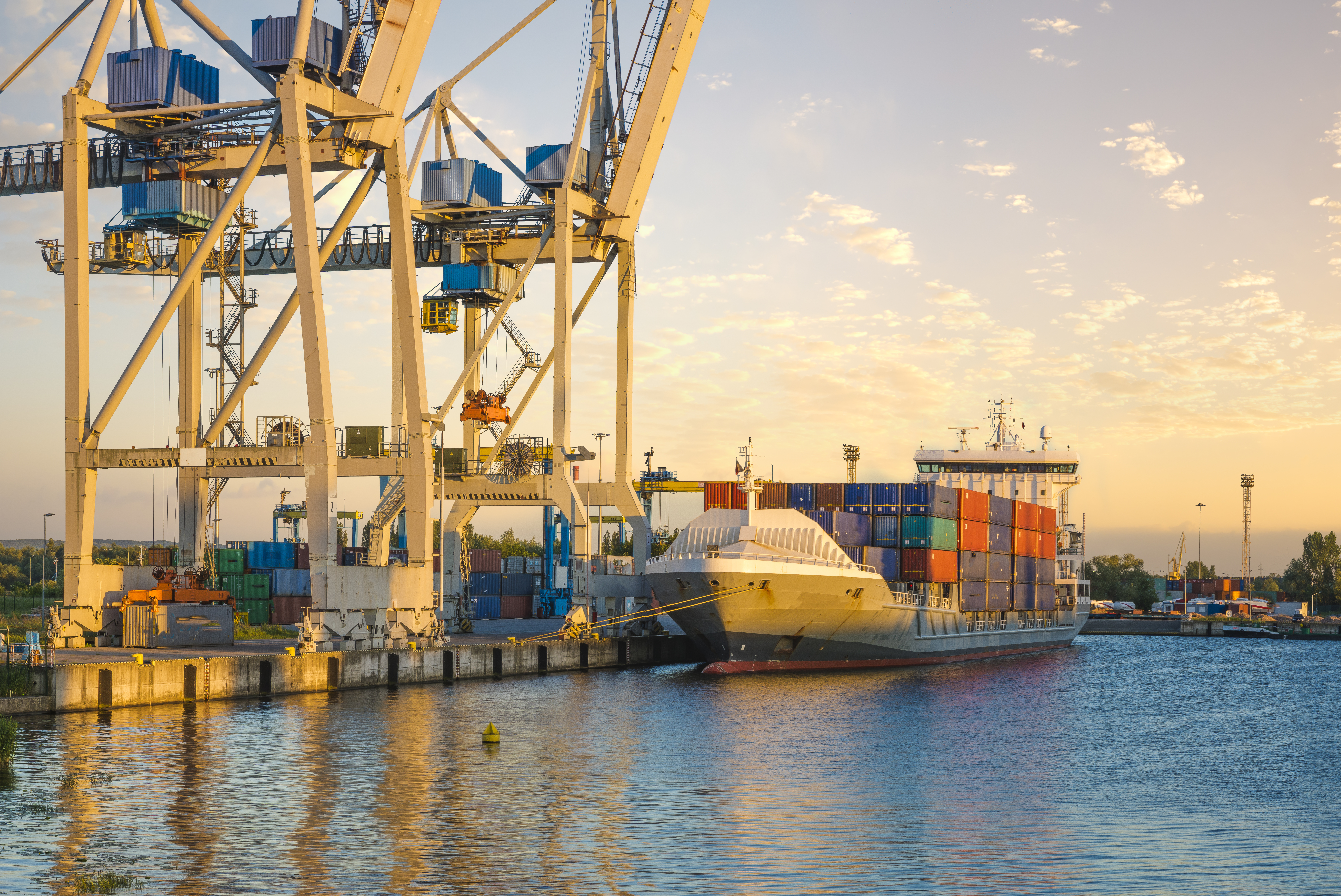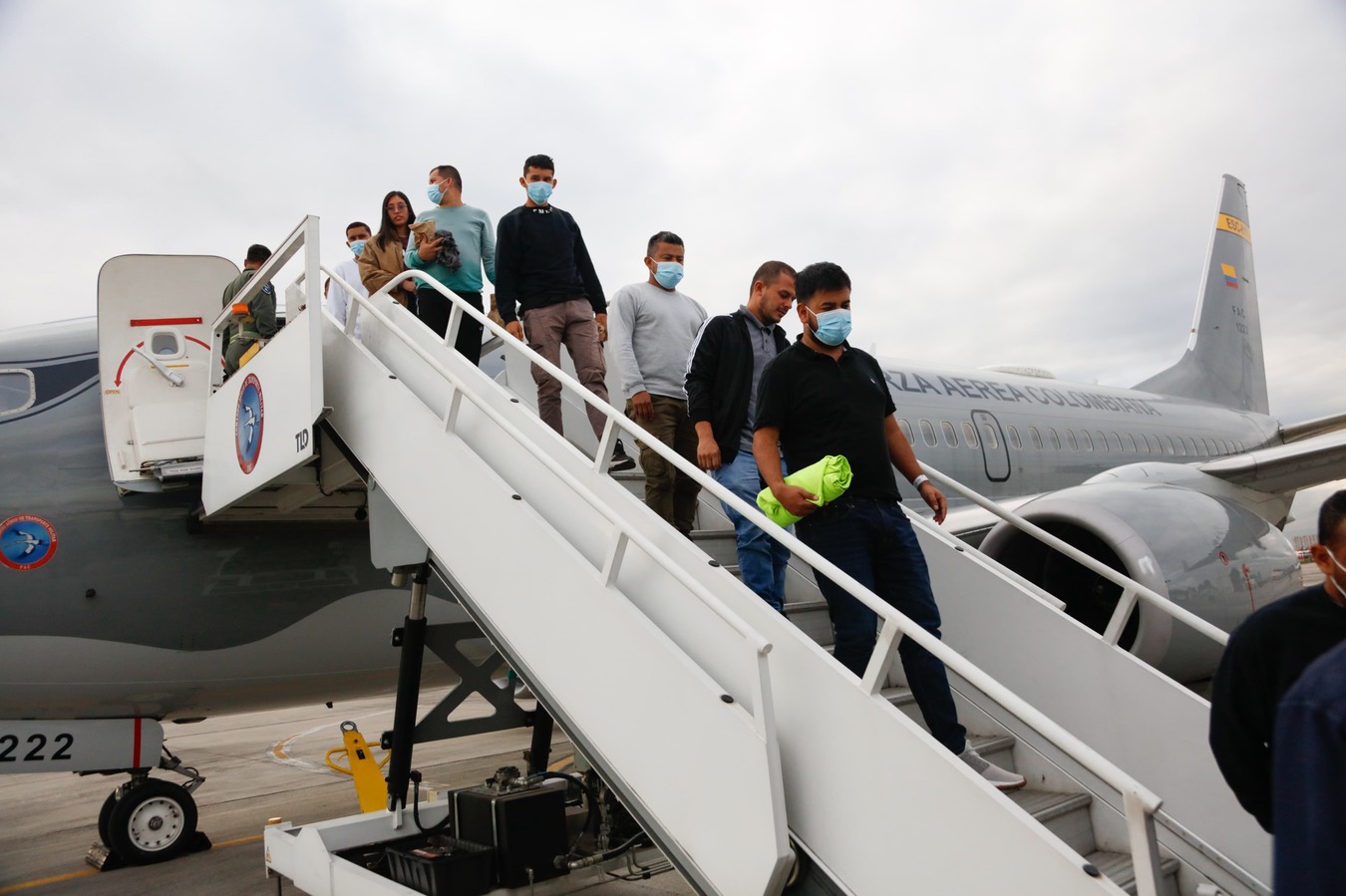Which Cartels and Groups Is Trump Designating as Foreign Terrorist Organizations?
Which Cartels and Groups Is Trump Designating as Foreign Terrorist Organizations?
The U.S. government named eight criminal groups FTOs—six from Mexico and two others associated with Venezuela and El Salvador.
On his first day in office, January 20, U.S. President Donald Trump signed an executive order calling on the secretary of state to designate major cartels and other criminal organizations as Foreign Terrorist Organizations (FTOs). This type of designation is issued by the State Department for organizations based outside the United States under the authority of Section 219 of the Immigration and Nationality Act, and increases some U.S. law enforcement powers around individuals linked to terrorist activities. The United States currently lists more than 60 organizations from different parts of the world.
Trump’s executive order directly named two organizations: the Mara Salvatrucha of the United States and El Salvador and the Tren de Aragua of Venezuela. It also referenced cartels in Mexico to be designated as FTOs without specifying groups.
On February 19, Secretary of State Marco Rubio formally designated eight criminal organizations with origins or ties to Latin America as FTOs. The list comprises the Mara Salvatrucha and the Tren de Aragua, as well as six Mexican criminal groups: the Sinaloa Cartel, Jalisco New Generation Cartel, the Northeast Cartel, the Gulf Cartel, the United Cartels, and the Michoacán Family.
AS/COA Online gives a snapshot of the eight groups and explains what the designation means.
The U.S. president signed directives to militarize the border, consider designating cartels as terrorist groups, and cut foreign aid.
AS/COA is tracking the U.S. president's actions toward the region, including on trade and migration.











